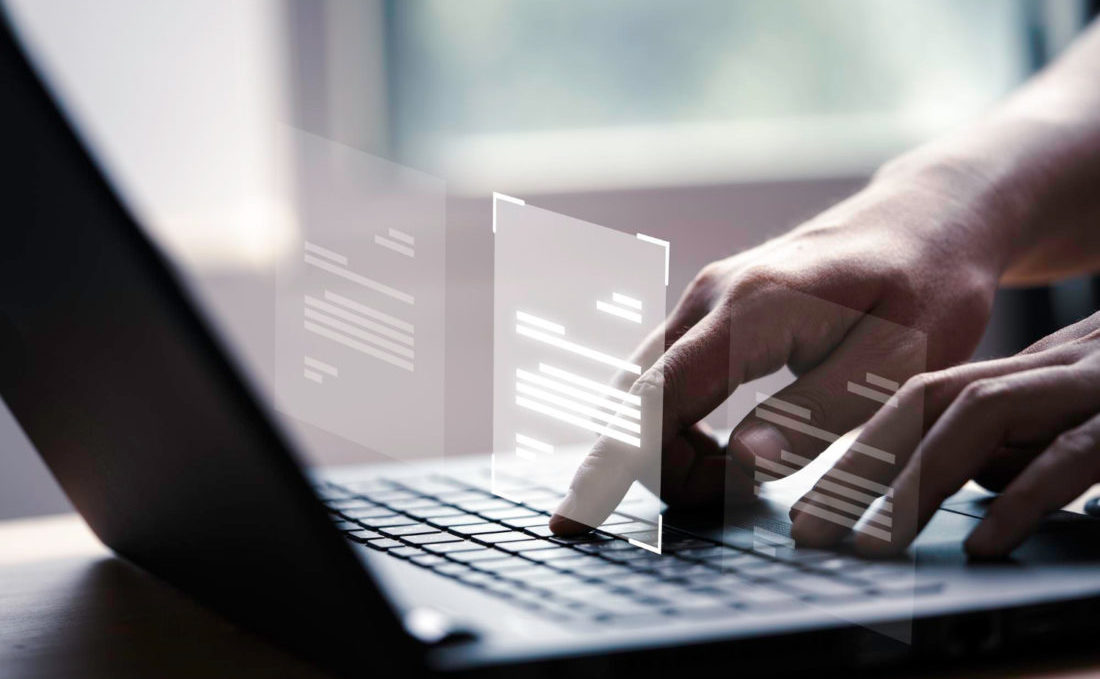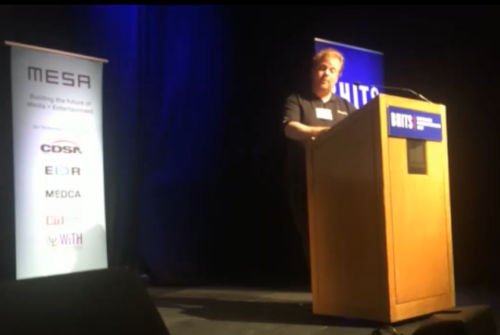M+E Daily

British HITS: New Tools Allow Greater Efficiencies In Virtual Productions
Story Highlights
New tools are allowing for greater efficiencies in virtual productions, according to Brompton Technology.
For example, coupled with the Hydra Calibration System, Brompton’s DynaCal reporting app provides a quick and easy way of comparing panels and checking they are capable of delivering what is needed at any given point or for a specific project, the company says.
In a fast-paced and mission-critical environment, users are just one click away from data that the company said can help inform decisions about how their panels should be used.
Hugh Davies Webb, product manager at Brompton Technology, discussed the latest tools from his company and looked at the innovative approach to understanding performance across LED volumes during the session “New Tools for Efficiencies in Virtual Productions” at the Nov. 15 British Hollywood Innovation & Transformation Summit (HITS) event in London.
“We design and manufacture high-end video processing for LED panels and it’s been 10 years this year that we released our first processor … and it’s still a stalwart in many mental inventories and installations around the world now for a bit of entertainment technology for the last 10 years and still been earning its keep,” he told attendees. The company has offices in London and Los Angeles, he noted.
The company is the manufacturer of many of the LED panels that are available on the market today, particularly the ones that use virtual production, he said.
 The company, however, has a wide range of products, including 4K solutions and its latest full High Dynamic Range (HDR)-capable processors. Its flagship processor also has a companion product that he said is a data distributed distribution unit allowing the company to distribute its data to panels that can be “anywhere up to a couple of kilometres away,” he noted.
The company, however, has a wide range of products, including 4K solutions and its latest full High Dynamic Range (HDR)-capable processors. Its flagship processor also has a companion product that he said is a data distributed distribution unit allowing the company to distribute its data to panels that can be “anywhere up to a couple of kilometres away,” he noted.
The company is also still fielding its older T1 processors that he said are “particularly useful for creative LED fixtures,” he said, adding: “Inside each of the panels that our LED processors control, we have perhaps one of the most important” devices: a receiver card. He noted the latter is a “little chip that’s about the size of a memory card but it’s exactly the size of a memory card that you might put in a PC. And its job is to basically talk to the driver chips within the LED panel.”
Also new is a low level brightness feature that he said “allows us to add a few stops with a dynamic range or LED panels and it does all the thinking involved.” He went on to point out that LED panels “require calibration.”
The British Hollywood Innovation & Transformation Summit, held in conjunction with the EIDR Annual Participant Meeting, was sponsored by Whip Media, GeoComply, Perforce, Signiant, and EIDR, was programmed under the guidance of the content advisors of the Hollywood IT Society, and was produced by MESA and the Hollywood IT Society (HITS).









